Love Schezwan Chowmein & Desi-Style Manchurian? Here’s How ‘Chindian’ Food Won Indian Hearts
If you are a fan of Indian-Chinese food like chowmein, manchurian and schezwan dosa, you will enjoy the tale of how Chindian cuisine emerged and took on a life of its own in India.
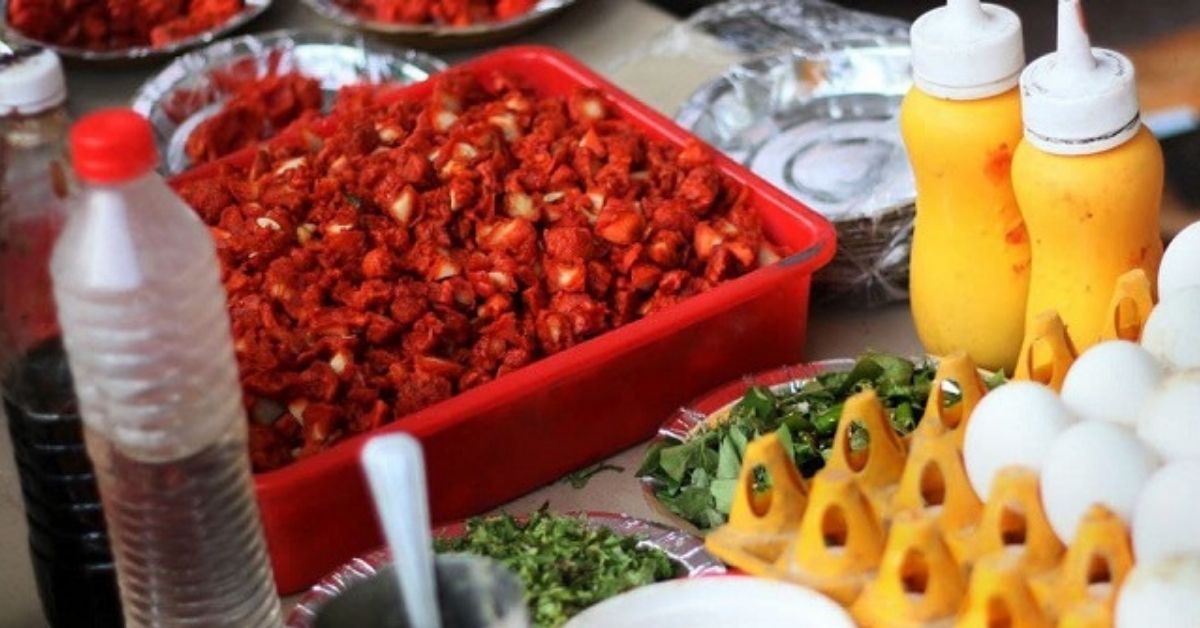
It’s sweet, sour and spicy. It’s deliciously saucy and just the right amount of greasy. It also wouldn’t be recognised in China. So instead, we are talking about a unique cuisine loved by millions of Indians: Chindian.
Whether it’s chowmein or Manchurian, Chindian food is probably as Chinese as chaat – it bears very little resemblance to the food eaten in China!
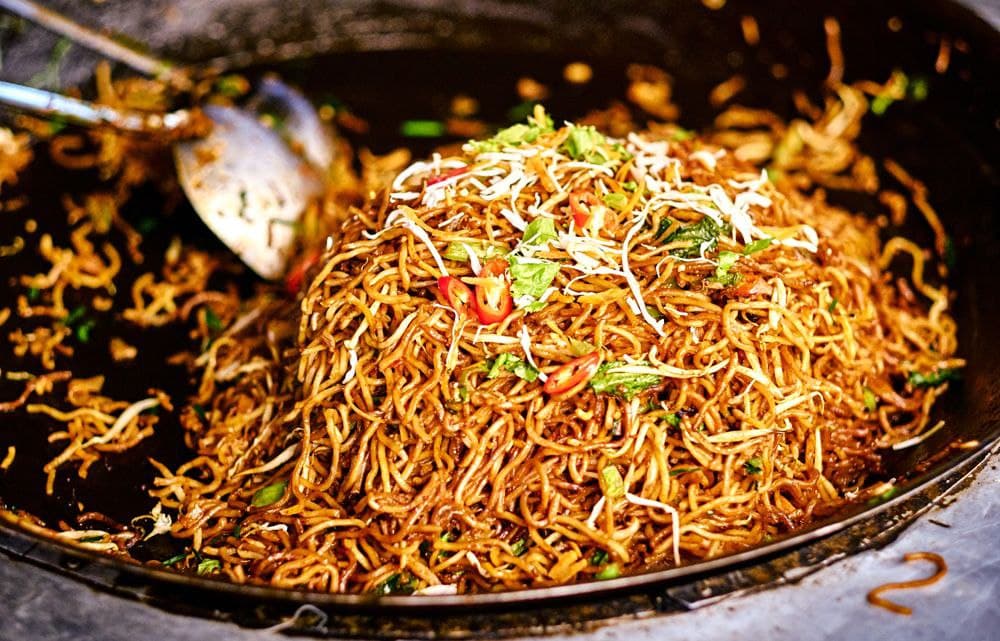
Crafted with indigenous ingredients for Indian taste buds, these dishes have earned a special place in the Indian culinary lexicon. So much so that most restaurants serving Indian food usually have a Chinese section on the menu that features all the usual favourites – chowmein, chilli chicken, or manchow soup.
But where did this hybrid cuisine first emerge? And how did it take on a life of its own in India?
Like many great food origin stories, this tale begins with an immigrant community and involves many enterprising entrepreneurs.
In the 18th century, Calcutta (now Kolkata) lay bang in the middle of a thriving trade route between China and Britain. The city, then ruled by the British, drew thousands of Chinese workers. As is with immigrants anywhere, once they settled, they started missing their home food,
Soon enough, they were cooking their food and selling it on the streets to fellow workers. With time, they improvised the taste and incorporated local ingredients to make their food more appealing for Indian customers, notably using more spices.
“Authentic Chinese food is generally supposed to be bland. Indian-Chinese food is prepared with additional spices like chillis, onions and so on,” Pemba Tsering of Kolkata’s How Hua restaurant tells The National News.
As Chinese flavours began mingling with the local ones, a unique hybrid palate developed that gradually became an intrinsic part of Kolkata’s culinary landscape.
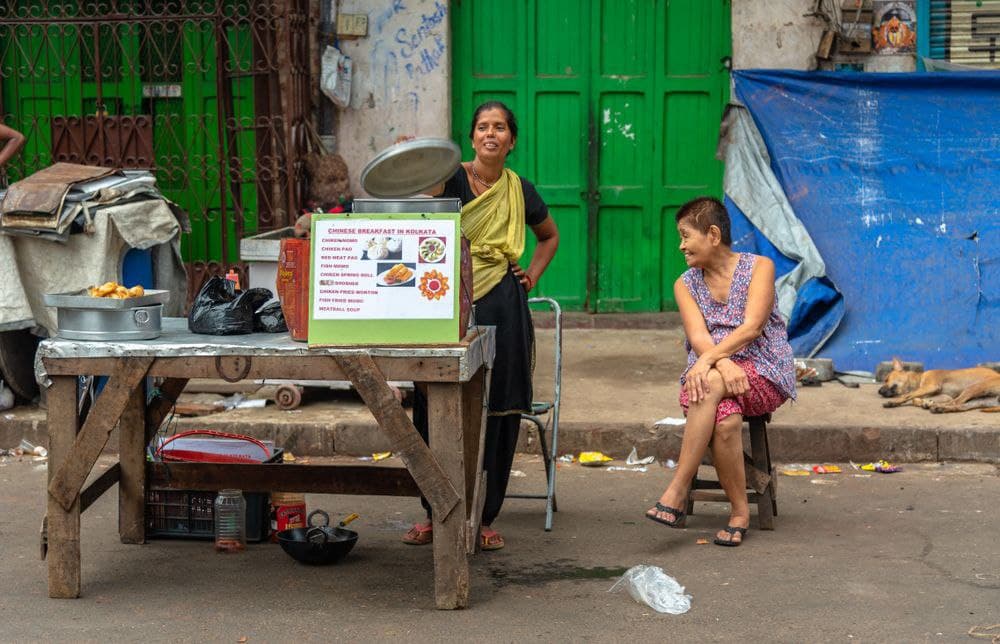
“When my grandfather made green chilli sauce, he gave it to some street-side vendors to use with their snacks,” Dominic Lee, owner of Kolkata’s Pou Chong sauce factory, tells VICE. “One kheera (cucumber) seller began to put it on his slices and sell it to children. They loved it, and so he began to make more.”
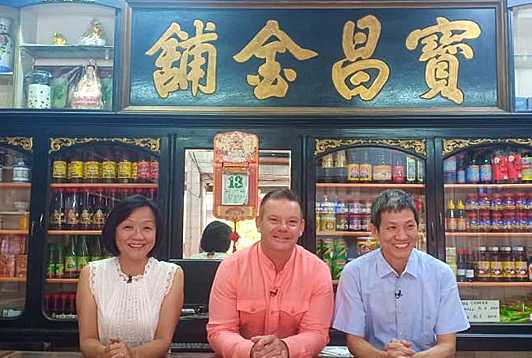
In the 1970s, such chefs from Kolkata began moving to Bombay (now Mumbai). Interestingly, all the early Chinese restaurants in Mumbai served Cantonese food, a regional cuisine even milder than more widespread Chinese fare.
Pioneering restaurateur Camellia Panjabi gave India its first taste of fiery Chinese food and red gravies, just the way most of us like our Chinese food today. Camellia set up the Golden Dragon, the country’s first Sichuan restaurant, at the Taj Mahal Hotel in Mumbai. It is still famous for its world-class Golden Fried Prawns.
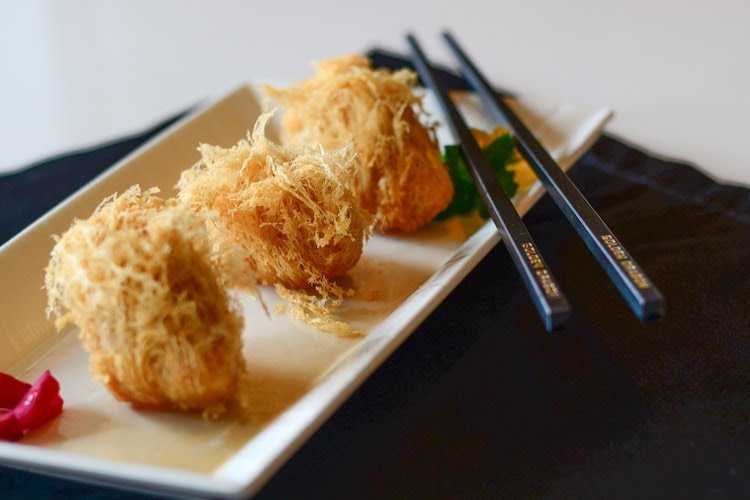
Golden Dragon’s spicy Sichuan food quickly became a rage, and people began demanding the same from other local Chinese restaurants, who found it tough to source the same ingredients.
“They didn’t have ingredients like Sichuan peppers and all the things that the Taj had access to, so they improvised. Basically, the principle was that you deep-fried meat and you put it in a gravy that had been thickened with cornstarch, and for spices, you used Indian spices as much as possible,” journalist and food writer Vir Sanghvi told Quartz.
The ‘Sichuan’ (or Schezwan, as most Indians call it) taste that we are all familiar with came thanks to a fiery sauce (made with loads of ginger, garlic, onions, Indian spices and oil) first created by chef Joel Hong’s grandfather.
When VICE asked Joel about the prevalence of Schezwan in dishes like Schezwan dosa, Schezwan chaat and Schezwan popcorn, he replied with an amused “Indians have no boundaries.”
However, it took Nelson Wang to come in and create a true-blue Chindian delicacy.
Born in 1950 to Chinese immigrants in Kolkata, Nelson left home to seek work and a better life, first in Hyderabad and then in Bangalore (now Bengaluru). After trying his hand at various odd jobs, including being a shoe-maker and a fire-eating limbo dancer, in the early 1970s, he landed in Mumbai with a suitcase and a little cash.
He found a job as an assistant cook at Frederick’s, a Chinese restaurant, for a modest salary of Rs 20 a month. Learning on the job, Nelson realised that he loved working with food. So one day, he experimented by spicing up soy sauce with green chillies, garlic, and ginger – quintessentially Indian ingredients – and then thickening the sauce with cornflour.
The result was the now ubiquitous ‘manchurian’, which has today morphed into chicken, gobi, baby corn and paneer variants. Dishes with the sauce are now commonly available, not just in Chinese eateries, but also at street carts, fast food joints and south Indian eateries.
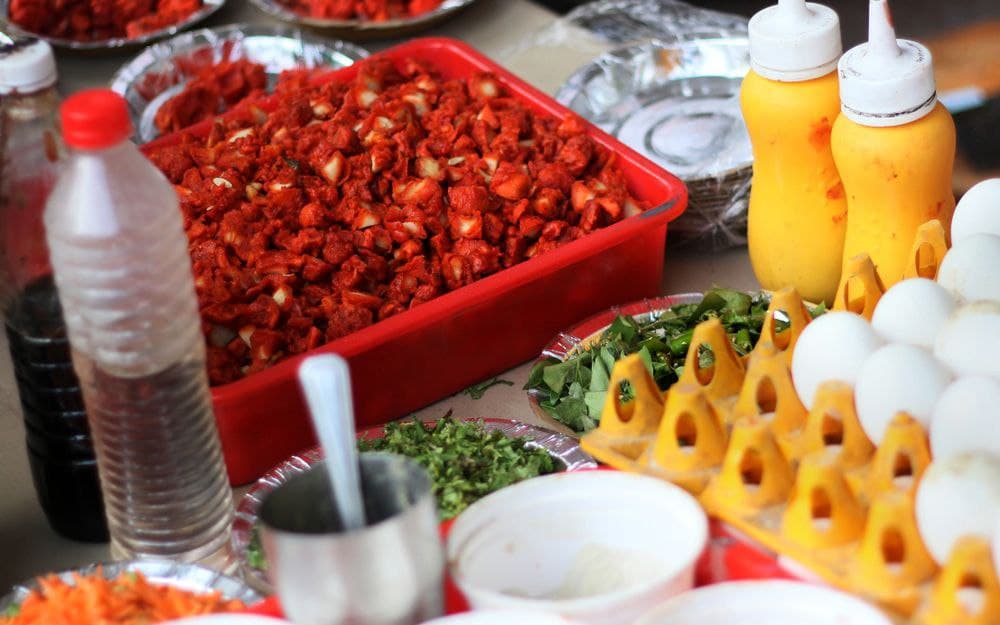
Appealing to the country’s gravy-loving palate, manchurian sauce basically kickstarted the Chindian culinary revolution. In the years that followed, Nelson would run several Chinese restaurants in Mumbai. But he’s best known for the legendary China Garden that attracted the who’s who of the city’s high society. Hollywood star Goldie Hawn once stopped by for a visit!
Even today, when urban Indians are exploring authentic Asian dishes more than ever before, there are few (yours truly included) who can turn down a plate of street-style chowmein with manchurian, because nothing quite hits the spot like desi Chinese food. In fact, Bollywood star Kartik Aryan was recently spotted relishing Chindian food at a roadside stall in Juhu, Mumbai.

Credits: Yogen Shah
This is also why the cuisine has moved beyond India’s borders to countries like
Singapore, UAE and the UK, where restaurants like Indian Tiffin Room, Imperial Dragon and Hakkaland feature classic Chindian dishes. The flavours may vary, but wherever you eat them, they still taste familiar enough to transport you right back to India.
(Edited by Vinayak Hegde)
If you found our stories insightful, informative, or even just enjoyable, we invite you to consider making a voluntary payment to support the work we do at The Better India. Your contribution helps us continue producing quality content that educates, inspires, and drives positive change.
Choose one of the payment options below for your contribution-
By paying for the stories you value, you directly contribute to sustaining our efforts focused on making a difference in the world. Together, let’s ensure that impactful stories continue to be told and shared, enriching lives and communities alike.
Thank you for your support. Here are some frequently asked questions you might find helpful to know why you are contributing?


This story made me
-
97
-
121
-
89
-
167











